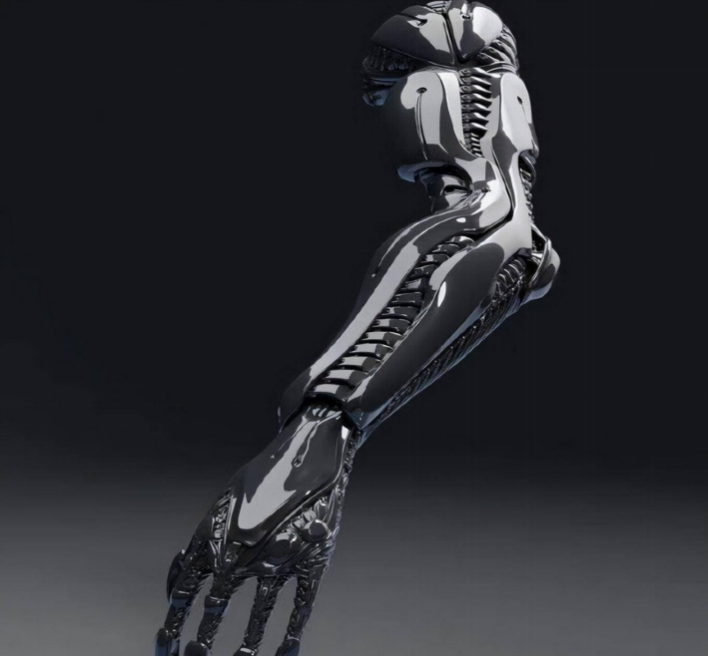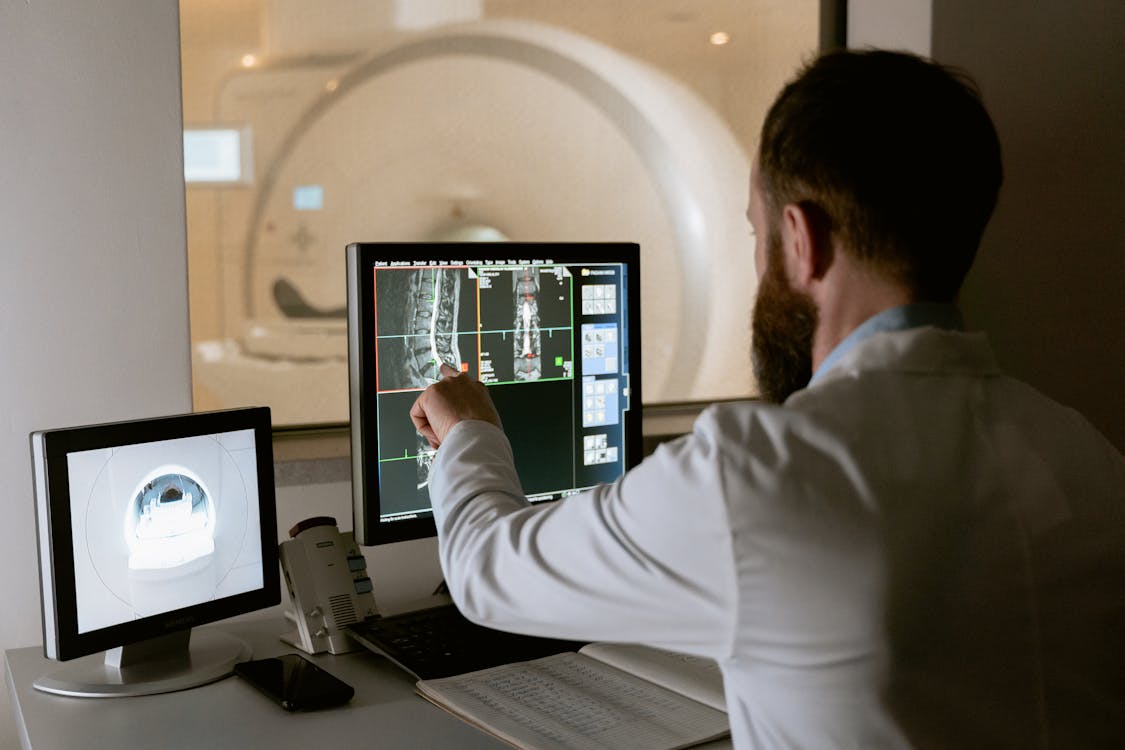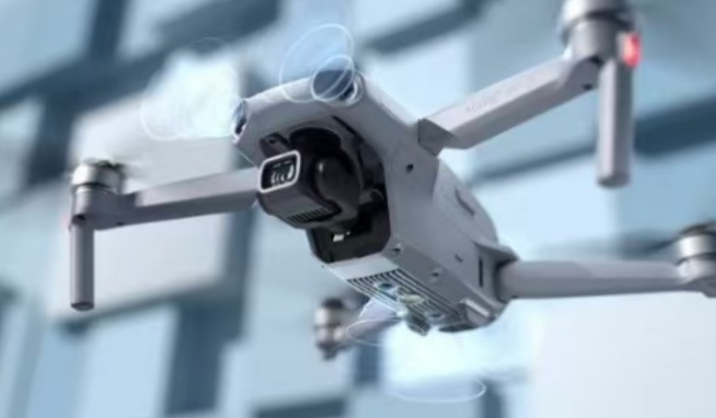The Discovery of New Superconducting Materials: The "Ballet on Ice" of Electrons and the "Symphony" of the Quantum World
On the stage of physics, superconductivity is like a mysterious "ballet on ice." Electrons, which should repel each other, like two temperamental dancers who refuse to get too close, suddenly join hands and perform a frictionless "duet" in the world of superconductors. In 2024, scientists discovered this marvelous "dance" in three new materials, two of which challenge existing theories, while the third one completely overtums textbook explanations.
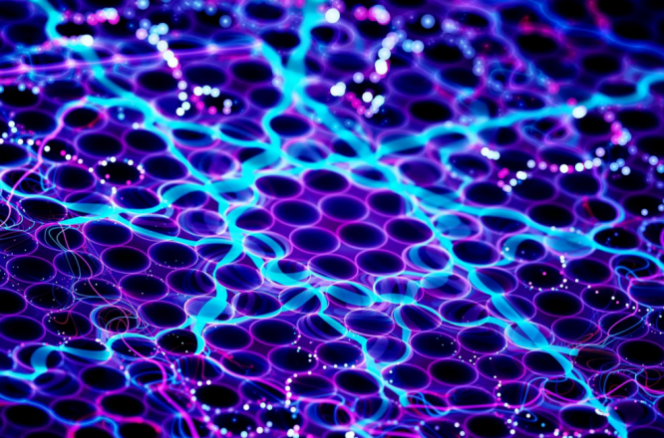
Electrons are like a group of dancers darting around the dance floor, full of repulsive forces between them. Carrying the same negative charge, no electron wants to be near.
• another. However, in the world of superconductors, these "dancers" suddenly change their attitude and join hands for an elegant "duet." This shift from repulsion to cooperation is at the heart of the superconductivity phenomenon. Superconductivity is not a distant scientific myth but already plays a role in our everyday lives. When you visit a hospital, MRI machines and large particle colliders are examples of superconductivity in action. If scientists could unravel the secret of the electrons'
"duet," perhaps one day, we could create superconducting wires at room temperature. Revolutionizing energy transmission. The future electrical grid could be like a smooth ice rink, where current slides freely without any energy loss.
In 2024, scientists discovered superconductivity in three new materials. These materials are like "Lego bricks" built from atoms, each layer easily adjustable. With the push of a button, scientists can switch these materials between conducting. Insulating, or even more bizarre states. This "modem alchemy" makes superconductivity research more flexible than ever before. Different materials seem to make electrons "join hands" in different ways, forming unique superconducting dances.
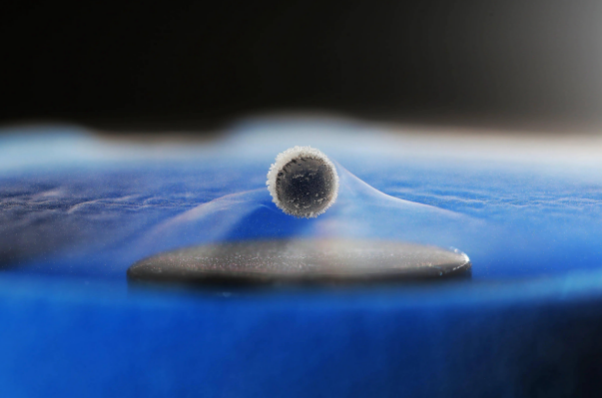
Scientists liken these newly discovered superconducting materials to an expanding.
"zoo." Each material is like a unique "animal," with its own behaviour and survival strategy. Some materials allow electrons to "hold hands" through sound wave vibrations, while others use magnetic interactions. Despite their different "dance" styles, they all ultimately enable current to flow without resistance. The diversity of this "zoo" excites and confuses scientists alike. They are working hard to collect more data, attempting to find universal patterns in the superconducting phenomenon. Just as biologists study different species to understand the essence of life, physicists hope to uncover the secrets behind the electrons" "duet" by studying these superconducting materials.
If scientists can fully understand superconductivity, the future world will be nothing short of marvellous! Imagine power lines in the grid that no longer heat up, with energy transmission efficiency approaching 100%. Even more exciting. Superconducting materials might make "floating cars" a reality. Using the magnetic levitation properties of superconductors, future cars could "float" a few centimetres above the ground, much like maglev trains. These cars would not only travel fast but also experience almost no friction, meaning you might no longer hear the noise of cars speeding by. But superconductivity is still full of mysteries. Why do electrons "join hands" in some materials but refuse to cooperate in others? Why do some materials only exhibit superconductivity at extremely low temperatures, while others might show superconductivity under near-room-temperature conditions? Future research will focus on the microscopic structures and electronic behaviours of these new materials.
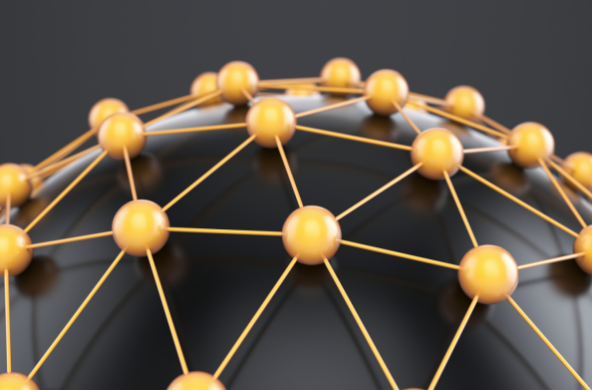
The discovery of new superconducting materials is like the overture to a "symphony" in the quantum world. Although the electrons' "duet" is mysterious, each discovery brings us a step closer to the truth. In this unknown quantum world, every discovery is like a shining star that lights the path of human exploration. Let us continue to listen to this "symphony."
(Writer:Haicy)
